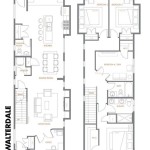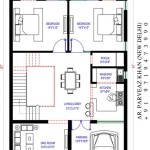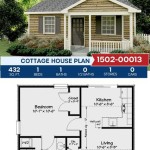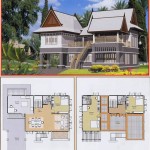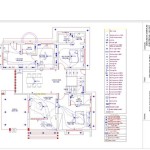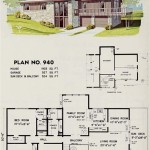Essential Aspects of Plans for House Extensions
Making the decision to extend your home is a significant one, and it's essential to approach the task with careful planning and consideration. Whether you are looking to add an additional bedroom, create more living space, or revamp your kitchen, understanding the key aspects of house extension plans will help you navigate the process smoothly.
1. Purpose and Scope:
Clearly define the purpose of your extension and determine the scope of the project. Consider the number of rooms you need, the size, and the overall impact on the existing structure. This will provide a framework for the design and planning stages.
2. Architectural Design:
Hire a qualified architect or designer who can create a detailed set of plans for your extension. The plans should include floor plans, elevations, and sections, which will provide a comprehensive overview of the proposed changes.
3. Building Regulations:
Ensure that your extension plans comply with local building regulations. This includes adhering to setback requirements, structural integrity standards, and energy efficiency guidelines. Obtain the necessary permits and inspections to ensure the project is completed safely and legally.
4. Materials and Finishes:
Carefully select the materials and finishes for your extension. Consider the style of your existing home, the purpose of the extension, and your budget. High-quality materials will enhance the aesthetics and longevity of the project.
5. Structural Considerations:
The plans should address the structural aspects of the extension, including the foundation, walls, roof, and any necessary reinforcement. A structural engineer may be consulted to ensure the design is sound and meets safety standards.
6. Utilities and Services:
Plan for the extension's utilities, such as electricity, plumbing, heating, and ventilation. Ensure that the existing services can accommodate the additional load or require upgrading. Consider energy-efficient solutions to reduce operating costs.
7. Interior Design:
If the extension involves creating new rooms or renovating existing ones, consider the interior design. Create a cohesive flow between the extension and the existing home, taking into account the furniture, décor, and lighting.
8. Budget and Timeline:
Establish a realistic budget and timeline for the project. Consider the costs of materials, labor, permits, and any unforeseen expenses. Allow ample time for planning, approvals, and construction to avoid delays or budget overruns.
9. Contractor Selection:
Choose a reputable contractor with experience in house extensions. Obtain references, check their credentials, and ensure they are fully insured. A reliable contractor will guide you through the construction process and ensure the project is completed to your satisfaction.
10. Communication and Collaboration:
Maintain open communication with the architect, contractor, and other professionals involved in the project. Regular site visits, progress updates, and feedback will help prevent misunderstandings and ensure the extension meets your expectations.
By carefully addressing these essential aspects of house extension plans, you can increase the likelihood of a successful and satisfying project outcome. Remember to approach the task with thorough planning, professional advice, and a clear vision for your dream home.

House Extensions For The Brisbane Entertainer Seq Building Design

House Extension Drawings Types Of Designs And Plans You Need

27 Floor Plans Ideas House Extension Extensions

House Extension Advice Sigma Homes Design Builders Cork

Extensions Psk Architect Cheltenham Gloucester

House Extensions Planning Permission Fowler Architecture And

22 Plans Ideas House Extension Extensions

Example Two Y House Extension Plans Gold Coast

What Details Should The Plans For My New House Extension Include Front Door

Home Extension Designs

